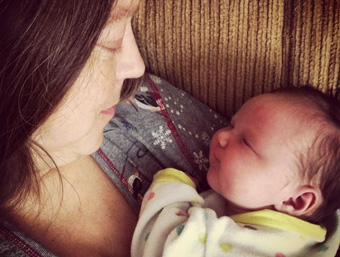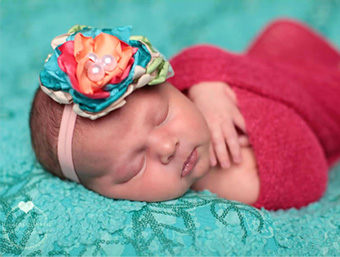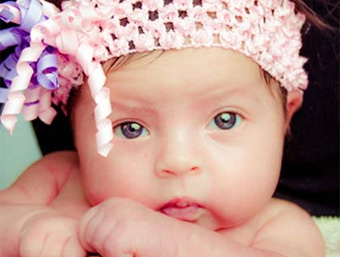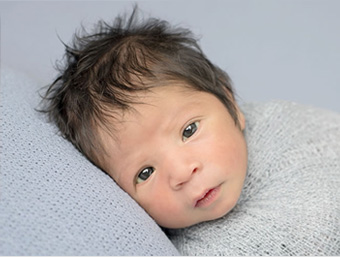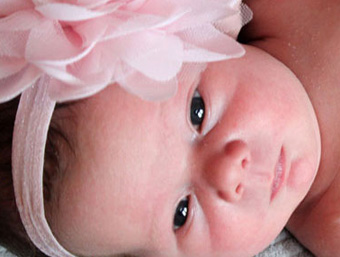Tubal Reversal Success Rate – Tubal Reversal Pregnancy Report 2009
Notice of Study Update
The following is Dr. Berger’s report from 2009. The corresponding page of an updated report can be seen at:
Tubal Reversal Pregnancy Report 2011 – Pregnancies By Age And Method
Chances of Getting Pregnant After Tubal Ligation Reversal
Tubal Reversal Success Rates At Chapel Hill Tubal Reversal Center
From July 2000 to June 2008, 5046 women underwent tubal ligation reversal at Chapel Hill Tubal Reversal Center. The operative techniques of microsurgical tubal anastomosis, tubouterine implantation, and salpingostomy were used as appropriate to each patient’s situation, and often these techniques were combined in a single case. Including all women’s ages, methods of tubal ligation, and operative techniques used for tubal reversal, the overall pregnancy rate was 66% based on 3317 pregnancies reported during this 8 year interval. The following tables show pregnancy rates specific for age, method of tubal ligation, and remaining tubal lengths available for repair and the interaction between these factors.
Pregnancy Rates By Age
As expected, younger women had higher pregnancy rates than older women. The pregnancy rate after surgery ranged from 80% for women under 30 to 31% for women 40 years of age and older (Table 3).
| Age | Total Cases | Pregnant (No.) | Pregnant (%) |
| <30 | 761 | 610 | 80% |
| 30-34 | 1873 | 1367 | 73% |
| 35-39 | 1795 | 1152 | 64% |
| 40+ | 617 | 188 | 31% |
Pregnancy Rates By Tubal Ligation Method
Reversal of tubal clip procedures had the highest pregnancy rate (75%), followed by tubal rings (72%), coagulation (66%) and ligation/resection (63%). Patients with other or unknown methods of tubal ligation had the lowest pregnancy rate (54%).
| Method | Total Cases | Pregnant (No.) | Pregnant (%) |
| Clip | 409 | 306 | 75% |
| Ring | 853 | 614 | 72% |
| Coagulation | 1605 | 1053 | 66% |
| Ligation/Resection | 1923 | 1207 | 63% |
| Other/unknown | 256 | 137 | 54% |
Pregnancy Rates By Age And Method
Pregnancy rates taking into account both age and tubal ligation method are shown in Table 5. The highest pregnancy rate (90%) was reported by women under 30 years of age who had reversal of a previous clip method of sterilization. Of the two variables, age is more predictive than tubal ligation method regarding the likelihood of becoming pregnant after reversal surgery.
| Age | Clip | Ring | Coagulation | Ligation/Resection |
| <30 | 69/77 (90%) | 137/163 (84%) | 190/244 (78%) | 192/248 (77%) |
| 30-34 | 114/139 (82%) | 227/299 (76%) | 461/620 (74%) | 517/744 (70%) |
| 35-39 | 110/151 (73%) | 210/303 (69%) | 353/554 (64%) | 421/681 (62%) |
| 40+ | 13/42 (31%) | 40/88 (46%) | 49/187 (26%) | 77/250 (31%) |
Tubal Reversal Pregnancy Study 2009
Table Of Contents:
- Overview
- Study Method
- Patient Population – US States
- Patient Population – Age and Tubal Ligation Procedures
- Pregnancy Rates by Age and Method (this page)
- Pregnancy Rates by Tubal Length
- Pregnancy Outcomes
- Tubal Reversal vs. IVF
- About Pregnancy Statistics


